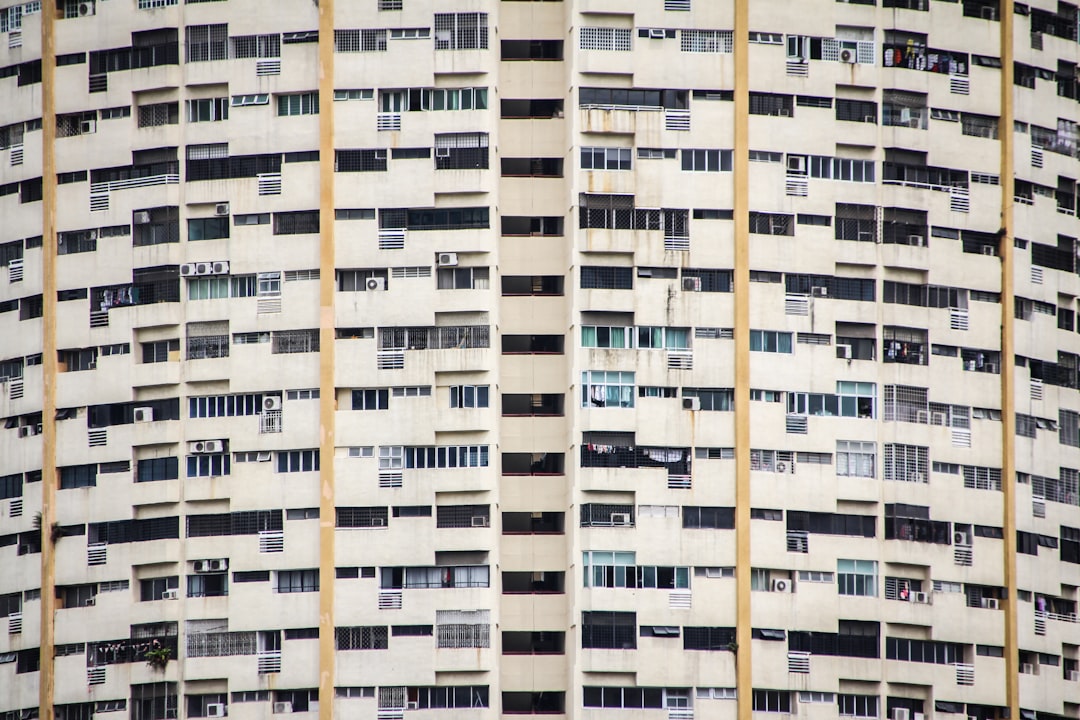Specialist Disability Accommodation (SDA) is a crucial element in the landscape of affordable housing, designed to cater to individuals with extreme functional impairment or those who have very high support needs. SDA housing provides a tailored environment that enables these individuals to live more independently and enhances their quality of life. In this article, we’ll delve into how SDA housing works, its benefits, and the processes involved in accessing it.

What is SDA Housing?
SDA housing is a type of accommodation specifically designed for people with significant disabilities. It offers the necessary physical environment to ensure safety, accessibility, and independence for its residents. SDA housing is part of the National Disability Insurance Scheme (NDIS) in Australia, which funds the housing for eligible participants.
Types of SDA Housing
SDA housing can come in various forms, including:
- Apartments: Self-contained units in a larger residential complex.
- House: A detached house with or without a backyard.
- Group Home: Shared living spaces for multiple residents.
- Villa/Duplex/Townhouse: Smaller, more private living arrangements within a residential community.
Each type of SDA housing is designed with specific features to support the diverse needs of its residents, ensuring that the living environment is both comfortable and functional.
Benefits of SDA Housing
The benefits of SDA housing extend beyond merely providing a roof over one’s head. Here are some of the key advantages:
Enhanced Independence
SDA housing is tailored to meet the individual needs of its residents, offering features such as wider doorways, accessible bathrooms, and assistive technology. These modifications allow individuals to perform daily activities with minimal assistance, thus fostering greater independence.
Improved Quality of Life
Living in an environment that is designed to cater to one’s specific needs can significantly enhance the quality of life. SDA housing not only provides physical accessibility but also creates a supportive community where residents can thrive.
Safety and Security
SDA housing ensures that safety and security are prioritized. Features such as emergency call systems, non-slip flooring, and secure entrances are standard. These elements are crucial for individuals with high support needs, providing peace of mind for both the residents and their families.
Community Integration
Many SDA housing options are located within residential communities, promoting social interaction and community integration. This setup helps reduce the social isolation that individuals with disabilities often face, encouraging them to engage more actively with their surroundings.
How to Access SDA Housing
Accessing SDA housing involves several steps, and it’s essential to understand the process to navigate it effectively.
Eligibility Criteria
To be eligible for SDA housing, individuals must be participants of the NDIS and have extreme functional impairment or very high support needs. The NDIS assesses each participant’s situation to determine eligibility and the level of support required.
NDIS Plan and Funding
Once eligibility is established, the next step is to incorporate SDA funding into the participant’s NDIS plan. This plan outlines the support and services the individual will receive, including the type and level of SDA housing required.
Finding Suitable Accommodation
With the NDIS plan in place, the participant can start searching for suitable SDA housing. It’s advisable to work with an SDA provider who can offer various housing options and guide the participant through the selection process.
Find comfortable SDA homes Townsville here >>
Moving In
After selecting the appropriate SDA housing, the final step is moving in. The SDA provider will assist with the transition, ensuring that the accommodation is set up to meet the resident’s needs.
Funding and Costs
NDIS Funding
The NDIS covers the cost of SDA housing, but it’s important to note that this funding is specifically for the housing itself and does not include daily living expenses or support services. These additional costs must be covered through other funding streams within the NDIS plan or personal finances.
Out-of-Pocket Expenses
Residents may incur out-of-pocket expenses for utilities, food, and other personal items. It’s crucial to budget for these costs to ensure a smooth transition into SDA housing.
Challenges and Considerations
While SDA housing offers numerous benefits, there are also challenges and considerations to keep in mind:
Limited Availability
The demand for SDA housing often exceeds supply, leading to waiting lists. It’s essential to apply early and explore all available options to secure suitable accommodation.
Complex Application Process
Navigating the NDIS and SDA housing application process can be complex and time-consuming. It’s beneficial to seek assistance from support coordinators or advocates who are familiar with the system.
Ongoing Support Needs
SDA housing provides the physical environment necessary for independence, but ongoing support services are still required. Coordinating these services can be challenging but is crucial for ensuring the resident’s well-being.
Case Studies
Case Study 1: Independent Living in an Apartment
John, a 28-year-old with cerebral palsy, required a living environment that could accommodate his mobility needs. Through the NDIS, he secured SDA funding and moved into a specially designed apartment. The apartment features wider doorways, an accessible kitchen, and a bathroom with grab rails and a roll-in shower. With these modifications, John can live independently, perform daily tasks with ease, and enjoy a higher quality of life.
Case Study 2: Community Integration in a Group Home
Sarah, a 35-year-old with multiple sclerosis, needed a supportive living environment that offered both independence and community interaction. She moved into a group home with three other residents, each with their own private bedroom and shared common areas. The group home is located in a vibrant residential community, allowing Sarah to engage with her neighbors and participate in community activities. The supportive environment has significantly improved her mental and emotional well-being.
Conclusion
SDA housing is a vital component of affordable housing for individuals with significant disabilities. It provides a tailored living environment that enhances independence, improves quality of life, and ensures safety and security. While accessing SDA housing involves navigating complex processes and overcoming challenges, the benefits are well worth the effort. By understanding how SDA housing works and utilizing the resources available, individuals with disabilities can achieve a more independent and fulfilling life.




